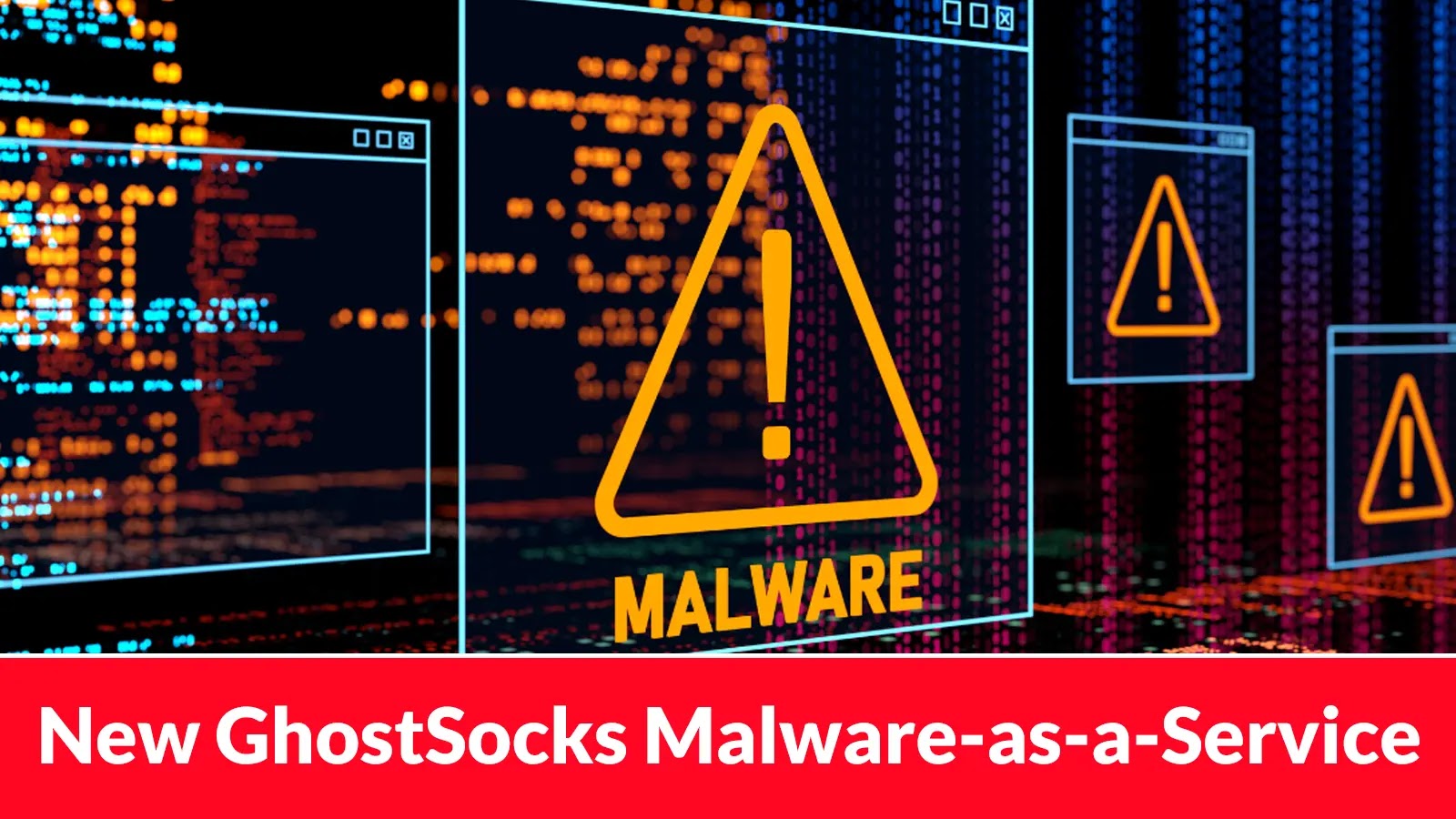In the ever-evolving landscape of cyber threats, a new player has emerged that significantly enhances the capabilities of cybercriminals: GhostSocks. This Malware-as-a-Service (MaaS) offering enables attackers to convert compromised devices into residential SOCKS5 proxies, effectively masking their malicious activities and circumventing traditional security measures.
Introduction to GhostSocks
GhostSocks first surfaced on October 15, 2023, when an operator using the same moniker advertised the service on the Russian cybercrime forum XSS.is. The service promised to transform infected devices into residential SOCKS5 proxies, leveraging the inherent trust associated with residential IP addresses to bypass anti-fraud systems and evade detection by network defenders.
Features and Functionality
The GhostSocks service offers a web-based control panel that provides centralized management of infected devices, sub-accounts, and automated build generation for both Windows and UNIX targets. This centralized approach simplifies the operational aspects for cybercriminals, eliminating the need to maintain external proxy servers and reducing infrastructure complexity.
The malware is compiled in Go, with builds ranging from 3 MB before obfuscation to 8 MB afterward. It utilizes the open-source garble project for string and symbol obfuscation, enhancing its stealth capabilities. Once deployed, GhostSocks operates entirely in memory, providing SOCKS5 functionality without implementing its own persistence mechanism. This design choice makes it more challenging for traditional security tools to detect and remove the malware.
Integration with Other Malware
GhostSocks often relies on other initial-access tools, such as LummaStealer, to gain footholds on victim systems. This interdependence underscores the interconnected nature of modern cybercriminal ecosystems. Leaked chat logs from the BlackBasta ransomware group in February 2025 reveal discussions about integrating GhostSocks alongside LummaStealer to maintain long-term network access without raising suspicion.
Resilience and Adaptability
Despite law enforcement takedowns of LummaStealer infrastructure, GhostSocks continued to operate, albeit with reduced visibility on underground forums. Its resilience highlights the adaptability of MaaS offerings in the continually evolving cybercrime landscape.
Infection Mechanism
GhostSocks deployments typically begin with a dropper delivered by a separate malware family. Upon execution, the GhostSocks binary acquires a global mutex named `start_to_run` to prevent multiple instances. It then searches the `%TEMP%` directory for a configuration file; if unavailable, it falls back to a hardcoded encrypted blob. After decrypting this blob, GhostSocks iterates over a list of embedded command-and-control (C2) URLs until a successful HTTP 200 response is returned, at which point it provisions SOCKS5 credentials.
Technical Mechanisms and Infrastructure
GhostSocks employs a relay-based command-and-control (C2) infrastructure, utilizing Tier 1 and Tier 2 servers to obscure communication. Initial beaconing occurs via HTTP GET requests to endpoints such as `/api/helper-first-register`, with mandatory `X-Api-Key` headers containing 8-character alphanumeric strings. Failed authentication triggers a `403 Forbidden` response with the body `Forbidden: Invalid API Key`, a signature used by researchers to track C2 nodes.
The malware connects to Tier 1 relay servers to establish SOCKS5 tunnels. Attackers leverage these tunnels to route traffic through victims’ IP addresses, bypassing geolocation filters. Researchers identified critical C2 infrastructure hosted on VDSina, a UAE-based provider known for hosting commercial VPNs and proxy services.
Beyond proxy functionality, GhostSocks includes backdoor modules for arbitrary command execution (`cmd.exe /C`), credential rotation, and payload delivery. These features are controlled via command IDs, enabling attackers to maintain persistence and adapt to defensive measures.
Detection and Mitigation
To detect GhostSocks C2 traffic, researchers have developed YARA rules targeting specific ports and HTTP header hashes. Organizations are advised to monitor indicators of compromise (IOCs), including specific IP addresses, and block traffic to known malicious autonomous systems.
Conclusion
GhostSocks represents a significant advancement in the MaaS landscape, providing cybercriminals with a powerful tool to anonymize their activities and evade detection. Its integration with other malware, resilience against takedowns, and sophisticated infection mechanisms underscore the need for continuous vigilance and adaptive security measures in the face of evolving cyber threats.



